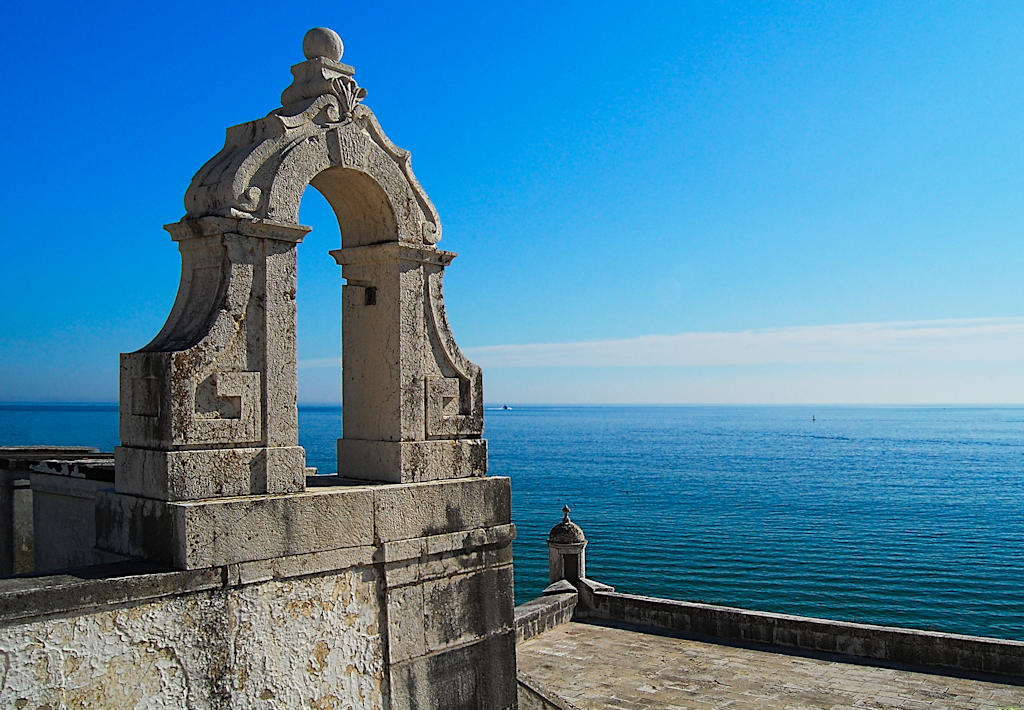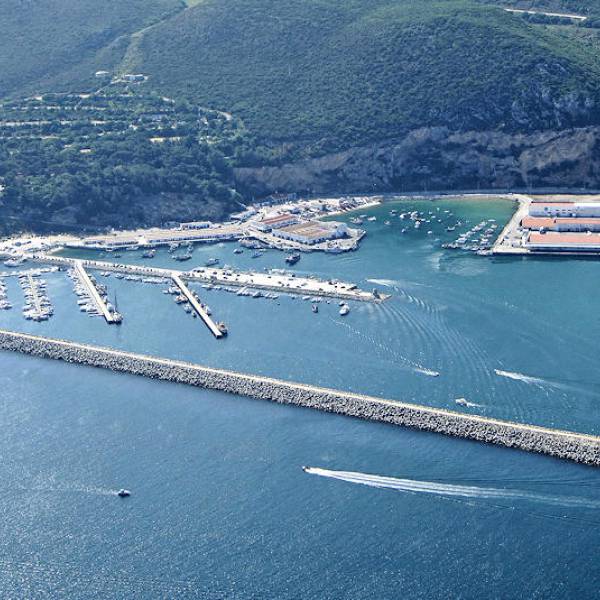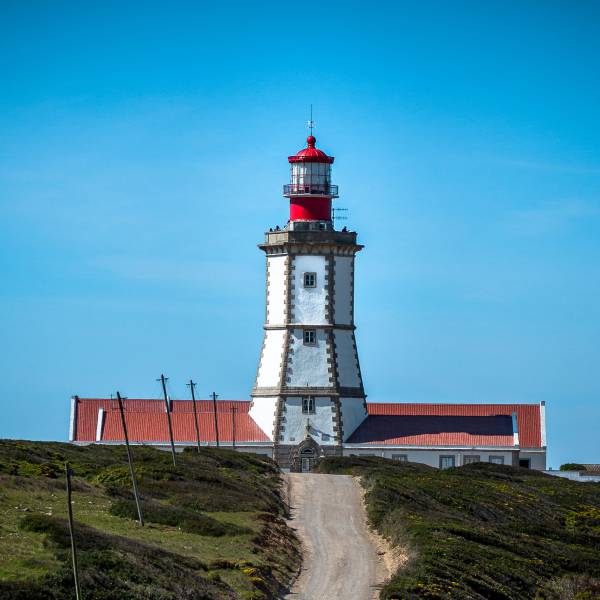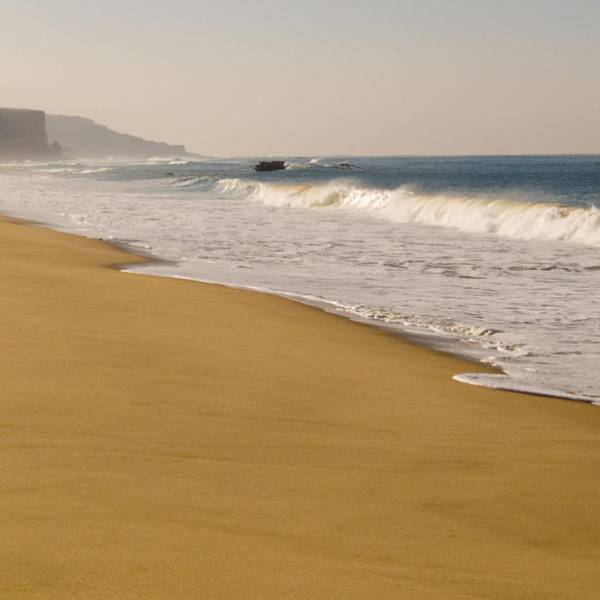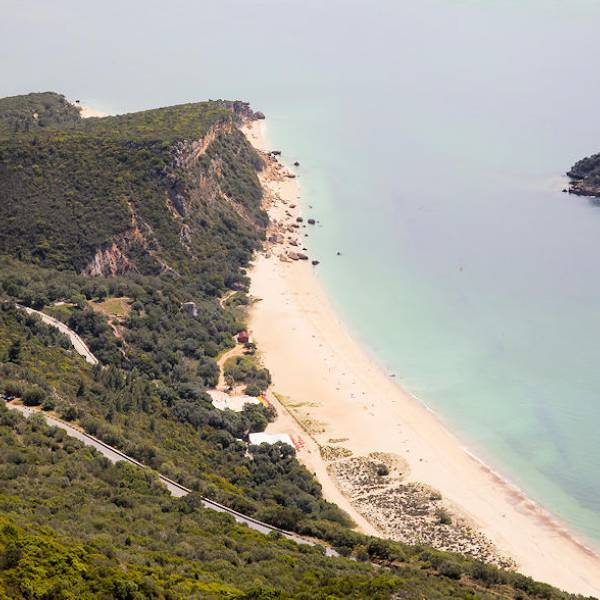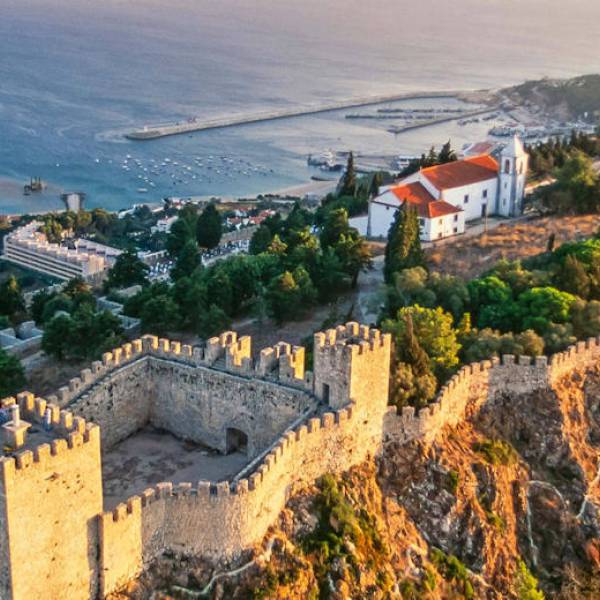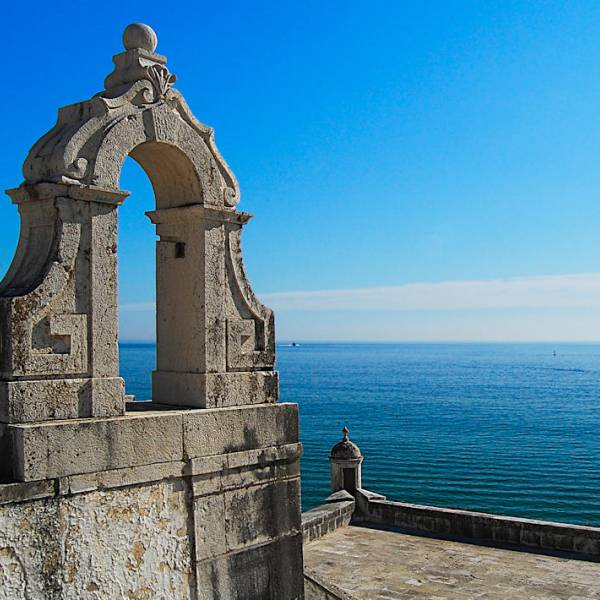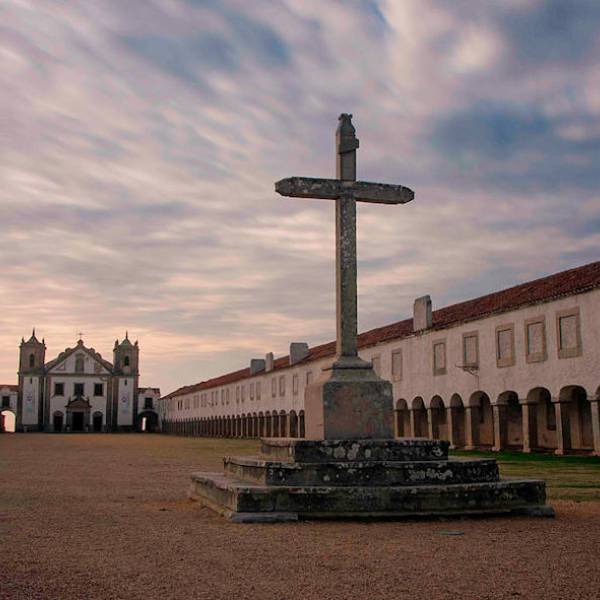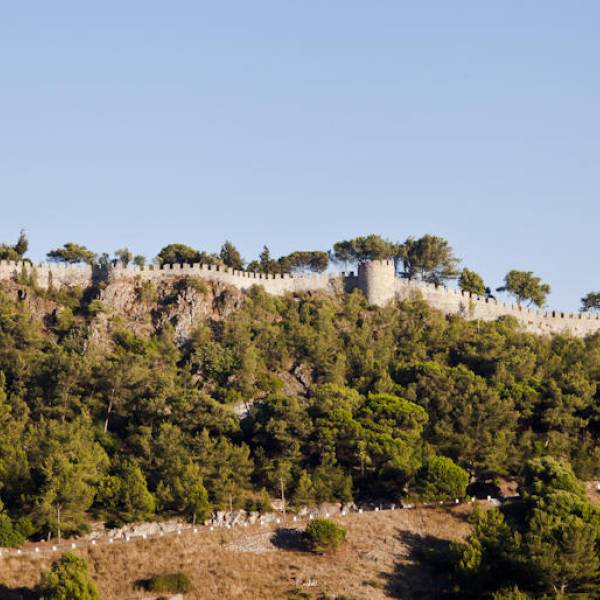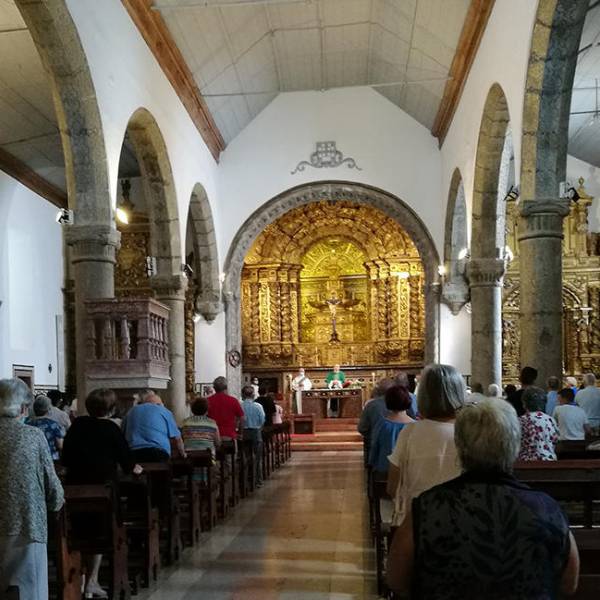The Fortress of Saint James of Sesimbra is an ideal day trip from Lisbon due to its proximity and historical significance. Visitors can enjoy the blend of rich history, breathtaking architecture, and picturesque coastal beauty. The museum offers insights into Portugal's maritime heritage, while the fortress provides stunning views of Sesimbra and the sea.
In the midst of the Restoration War in the 17th century, King John IV of Portugal ordered the strengthening of the country's Atlantic defenses. It was during this period that the present fort was constructed, between 1642 and 1648. King John IV appointed João de Cosmander, a Dutch Jesuit military engineer, to oversee the construction. Cosmander, renowned for his expertise in fortification design, also worked on other major Portuguese forts.
The Fortress of Saint James was designed with an austere and solid structure, reflecting the architectural styles of the Vauban and Renaissance periods. The fort follows a polygonal star-shaped plan, with a rectangular central body and bastions featuring cylindrical bartizans. Inside, the fort is divided into different sections, including the residence of the Governor, garrison barracks, cisterns, a warehouse, and a chapel dedicated to Saint James.
The fort's main entrance, adorned with a coat of arms bearing the national shield and an inscription marking its inauguration in 1648, is located on the north side, facing the village of Sesimbra. This side of the fortress presents a more welcoming and less military appearance.
Lisbon.vip Recommends
Over time, the fort fell into a state of ruin and underwent several repairs and restorations. In the 20th century, restoration efforts were undertaken to preserve its historical significance. In 2011, the municipality of Sesimbra took ownership of the fort, and major restoration and conservation work began. The fort reopened to the public in 2014 and now houses the Museum of the Sea of Sesimbra, dedicated to showcasing the local fishing industry.
The Fortress of Saint James of Sesimbra is a highly recommended day trip destination from Lisbon. Located just a short distance from the capital city, Sesimbra offers visitors a perfect blend of historical charm and picturesque coastal beauty. The fort provides a unique opportunity to explore Portugal's maritime heritage and learn about its rich history through the museum's exhibits. The stunning views from the fort, overlooking the sea and the town of Sesimbra, further enhance the visitor experience.
Whether you are a history enthusiast, an architecture lover, or simply seeking a captivating day trip, the Fortress of Saint James of Sesimbra promises an unforgettable journey into Portugal's past. Step back in time, immerse yourself in the stories of old, and witness the enduring legacy of this impressive fortress perched by the sea.
Map View


